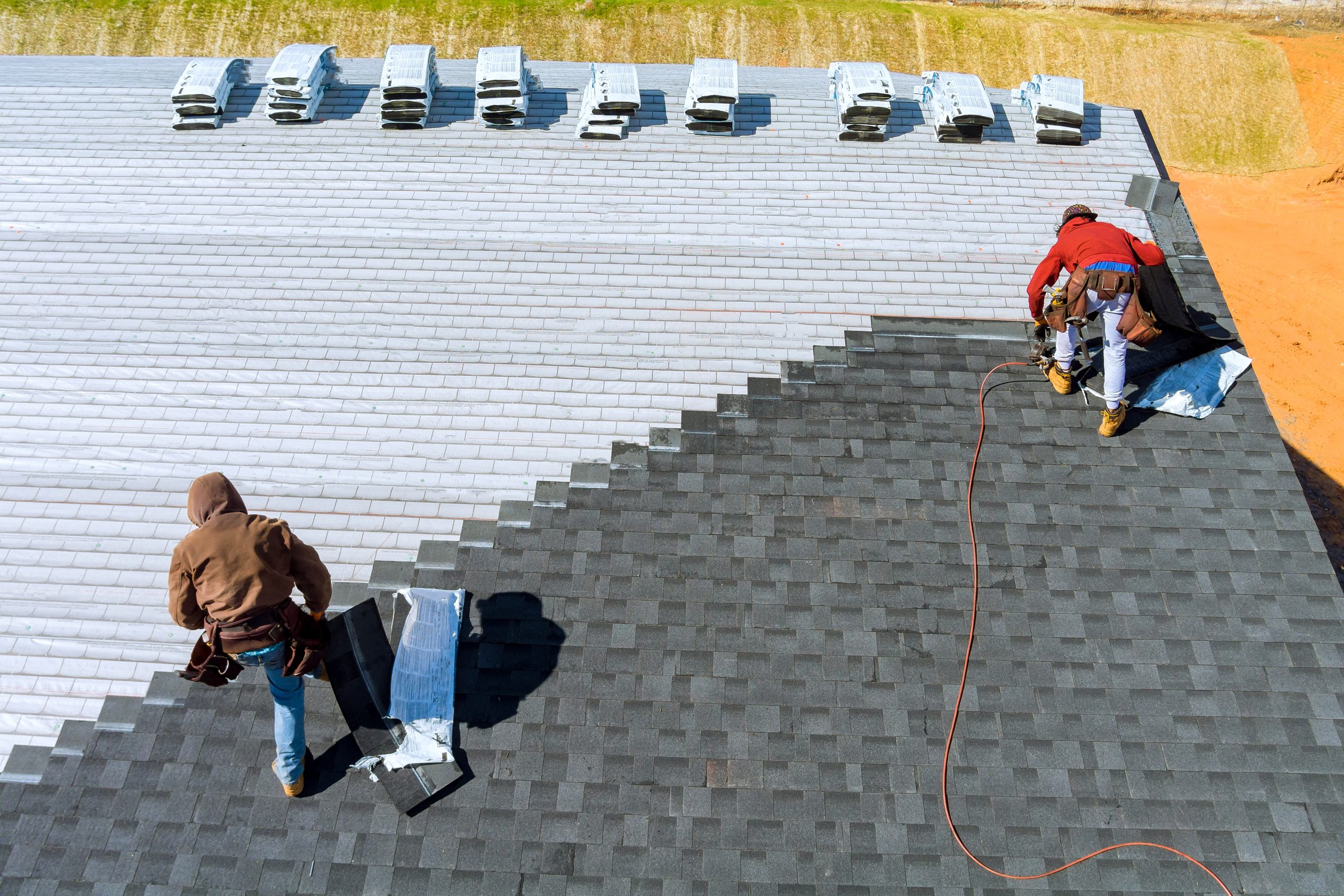Roof installation is a critical aspect of home construction and maintenance. The success and longevity of a roof depend not only on the materials used and the quality of workmanship but also significantly on the weather conditions during the installation. This article explores how various weather conditions impact the roof installation process and what homeowners and contractors should consider in different climates
The Impact of Rain on Roof Installation
Delays and Water Damage: Rain is one of the most problematic weather conditions for roof installation. Installing a roof in the rain can cause delays and increase the risk of water damage to the underlying structure. Water can seep into the underlayment and insulation, leading the mold growth and weakening the roof’s integrity.
Safety Concerns: Wet surfaces are slippery, posing significant safety risks to workers. It’s crucial to prioritize safety and postpone roof installation during rainy weather to prevent accidents and injuries.
Material Integrity: Certain roofing materials, like asphalt shingles, can be compromised if they get wet during installation. The adhesive may not bond properly, leading to shingles that could lift or blow off more easily in future storms.
The Effects of High Temperatures and Direct Sunlight
Heat Stress on Workers: High temperatures can cause heat stress and exhaustion in workers, leading to reduced efficiency and potentially dangerous working conditions. Ensuring adequate hydration, frequent breaks, and early morning or late evening work schedules can mitigate these risks.
Material Handling: Some roofing materials, such as asphalt shingles, can become too pliable in extreme heat, making them difficult to handle and install correctly. On the other hand, materials like metal can become dangerously hot, posing burn risks to workers.
Thermal Expansion: Prolonged exposure to high temperatures can cause roofing materials to expand. If not accounted for during installation, this expansion can lead to warping or buckling once temperatures normalize.
The Challenges of Cold Weather Installation
Brittleness of Materials: In cold weather, certain materials, especially asphalt shingles, become brittle and difficult to work with. This brittleness can lead to cracking and breaking during installation, compromising the roof’s durability.
Adhesion Issues: The adhesive strips on shingles may not activate properly in cold temeratures, leading to poor sealing. This can cause shingles to lift or blow off in high winds, necessitating additional work to ensure a secure installation.
Worker Safety and Efficiency: Cold weather can slow down the installation process as workers have to deal with heavy clothing and gloves, which can reduce dexterity. Ice and snow add additional hazards, increasing the risk of slips and falls.
Windy Conditions and Roof Installation
Material Control: High winds can make it challenging to handle and secure roofing materials. Shingles, underlayment, and other components can be blown away, leading to material loss and potential damage to nearby properties.
Safety Hazards: Working on a roof in windy conditions is dangerous. Workers can lose their balance, and tools or materials can become airborne, posing serious safety risks. It’s advisable to avoid roof installation during high winds whenever possible.
Installation Quality: Wind can affect the placement and alignment of roofing materials. Ensuring that shingles and other components are properly secured during windy conditions requires extra care and precision.
Planning for Various Climates
Warm Climates: In regions with predominantly warm climates, it’s essential to schedule roof installations during cooler parts of the day and to use materials that can withstand high temperatures without deteriorating.
Cold Climates: For cold regions, planning installations during milder winter days or waiting for warmer seasons is crucial. Using materials designed for cold weather and ensuring proper sealing can help mitigate issues related to brittleness and adhesion.
Rainy and Humid Climates: In areas prone to frequent rain or high humidity, scheduling roof installations during dry spells is ideal. Ensuring proper ventilation and using moisture-resistant materials can help protect the roof from water damage.
Wind-Prone Areas: For regions with high wind conditions, choosing wind-resistant materials and ensuring they are securely fastened is essential. Avoiding installation on particularly windy days can prevent accidents and ensure a higher quality installation.
Conclusion
Weather conditions play a significant role in the roof installation process, affecting everything from worker safety to the integrity of the roofing materials. By understanding the impacts of various weather conditions and planning accordingly, homeowners and contractors can ensure a successful and durable roof installation. Always consider the local climate and weather forecasts when scheduling roof installations to achieve the best results and protect your investment.
